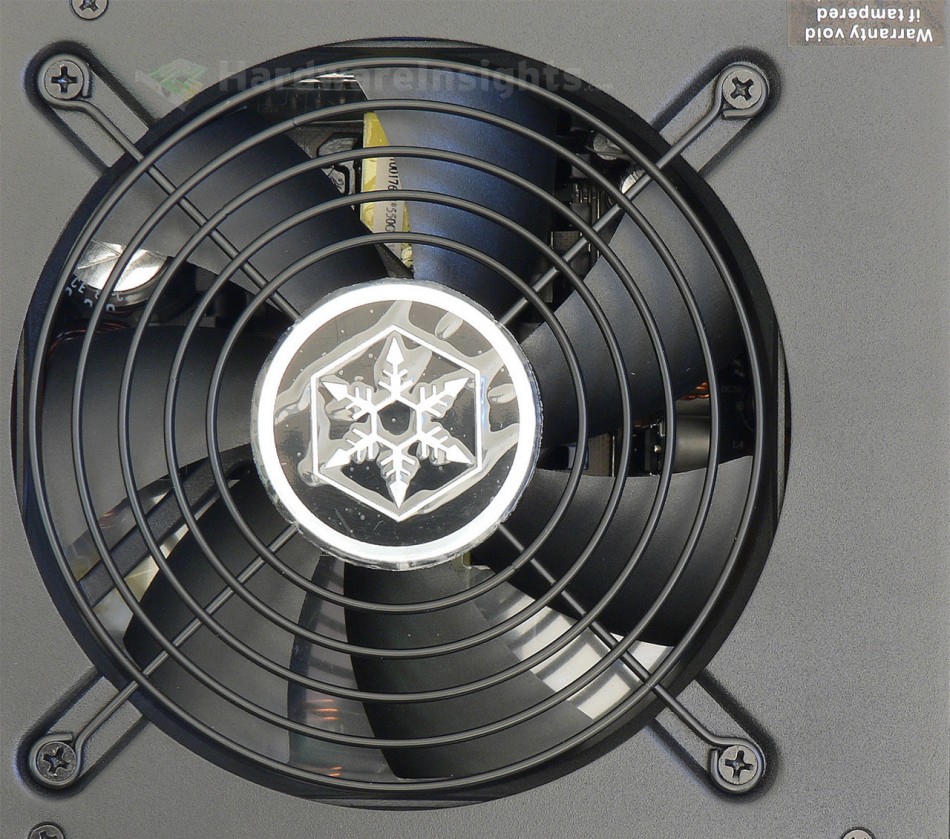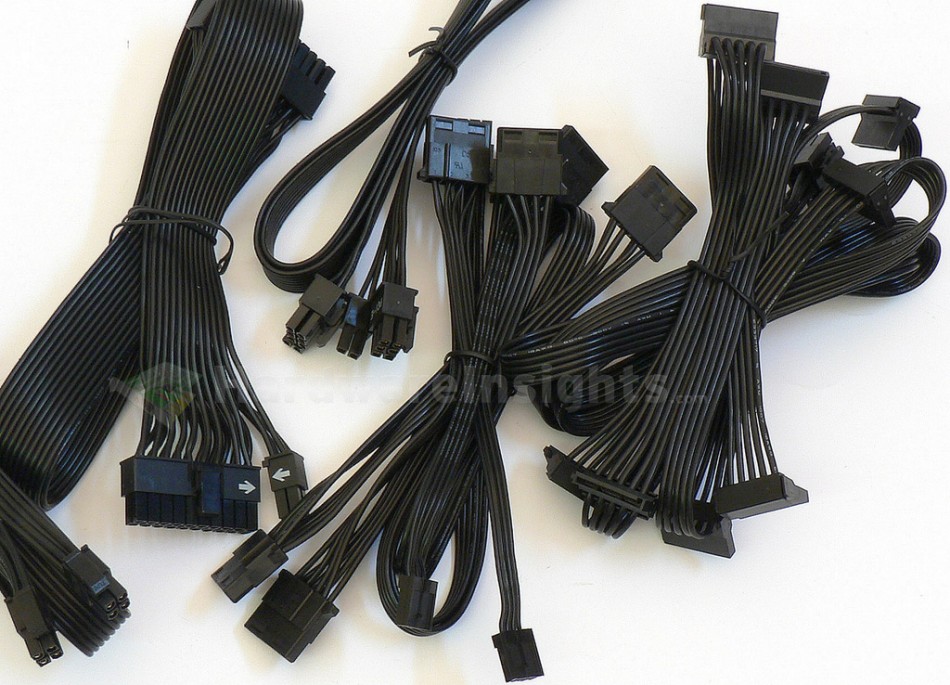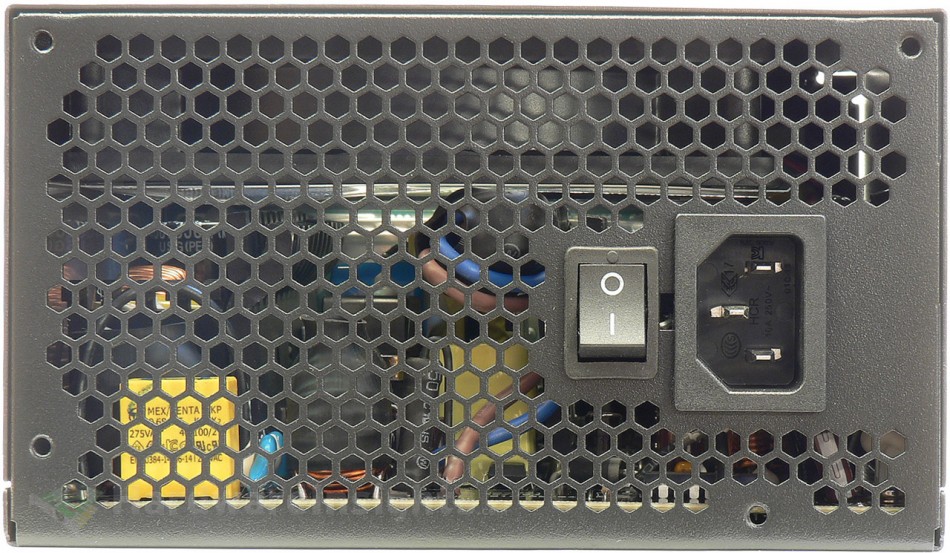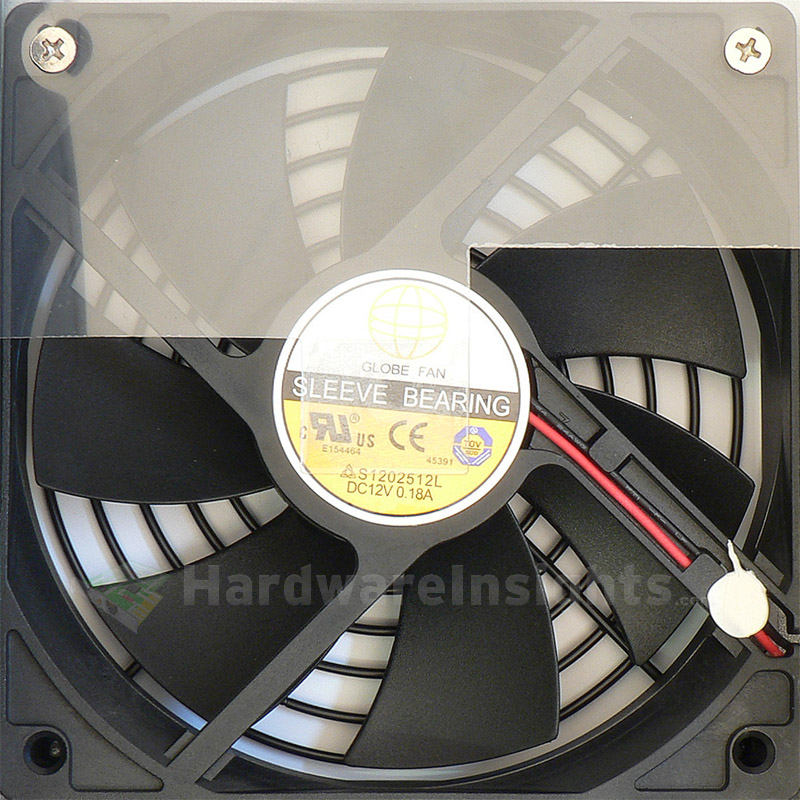Contents
- 1Introduction
- 1.1Packaging and accessories
- 2Connectors & cabling
- 2.1Casing & cooling
- 3Input filtering
- 4Primary side
- 4.1+5 V stand-by rail
- 5Secondary side
- 5.1Build quality
- 6Load testing
- 6.1Loading +5 V SB
- 6.2Combined loading
- 6.3Combined loading ripple
- 6.4Crossloading, overloading
- 6.5Crossloading, overloading ripple
- 7Conclusion and evaluation
- 7.1Thanks
Connectors & cabling
Almost all the wires used for modular cables are 18AWG, with the exception of wires for the Berg connectors which are 22AWG but that is actually OK as the limit per Berg pin is 3 A. However, as usual, I would prefer to see some 16AWG wires for PCIe and ATX 12 V at least. On the plus side, all the important connectors have golden-plated pins. All of the cables are black flat ribbons, that’s gonna give me a headache sorting the wires out for current measurement…
In particular, we have:
- Main ATX (20+4pin): 57 cm
- 1× ATX 12 V (4+4pin): 77 cm
- 2× PCIe (6+2pin): 57 cm
- 8× SATA: 2× 64 cm, 2× 73 cm, 2× 95 cm, 2× 111 cm (are they crazy?)
- 6× Peripheral molex: 2× 62 cm, 2× 78 cm and 2× 93 cm (jeez)
- 2× Berg for FDD: 2× 108 cm (OMG)
Casing & cooling
The casing is made from 0.9mm SECC steel with matt (possibly powdered) black lacquering. A wire fan grill is used in a round cut-out in the lid with Silverstone logo in the middle. Notice the warranty sticker, this is quite annoying one to remove.

The backside for exhaust air is made with hexagonal holes. The modular cabling board is screwed into a removable piece of metal which itself is then screwed to the main part of the metal casing.
The fan itself is Globe fan S1202512L with sleeve bearing. About a third of it is blocked by plastic film. It should max out at 2000 RPM with 67.28 CFM of airflow and 34 dBA of noise. The bearing is lubricated with a small amount of vaseline.




